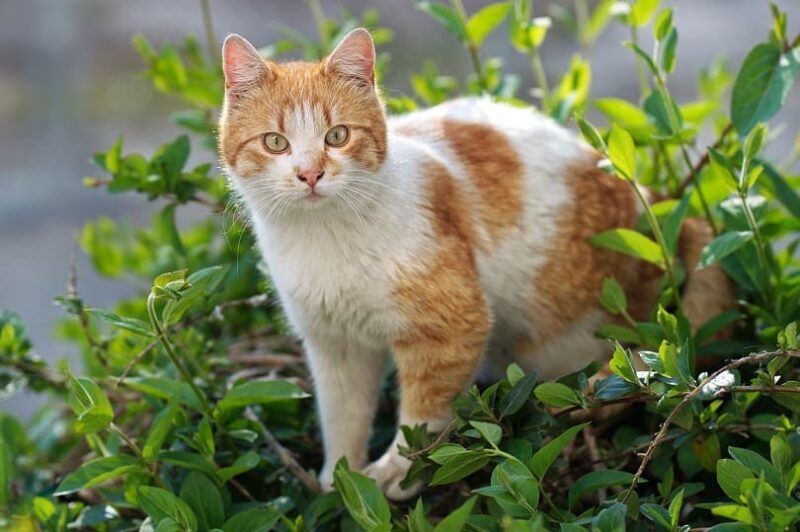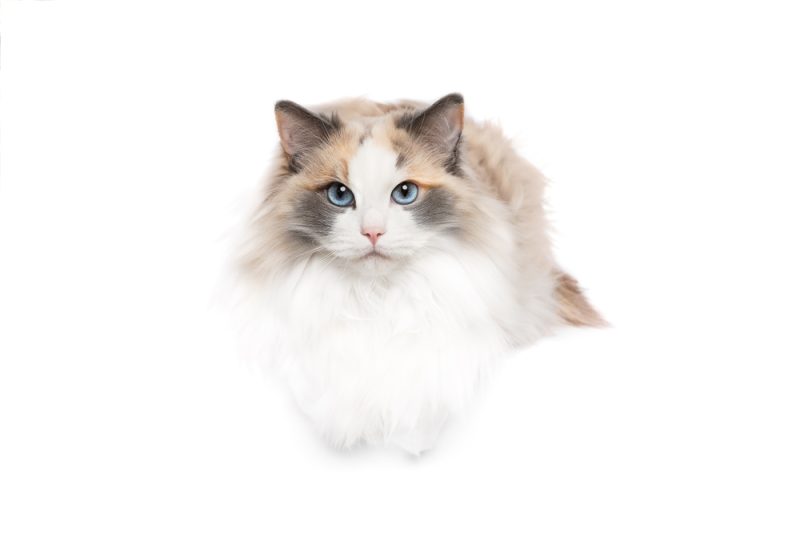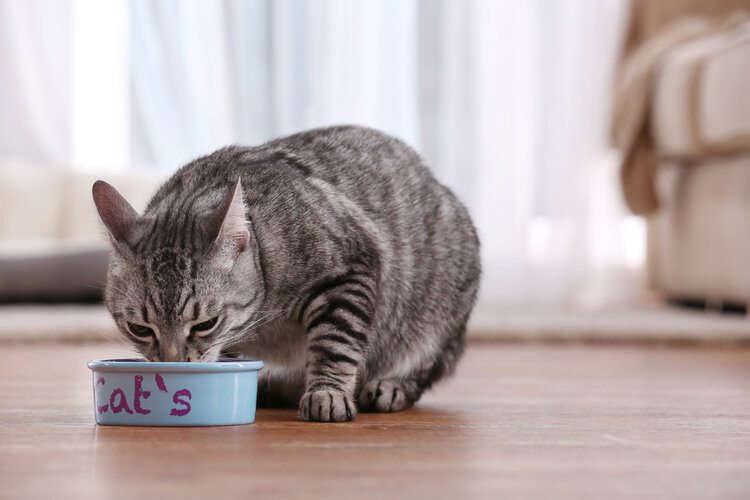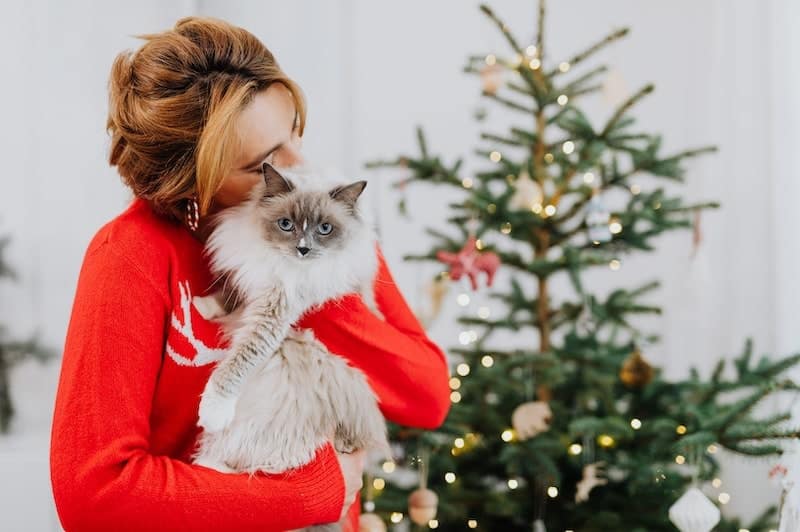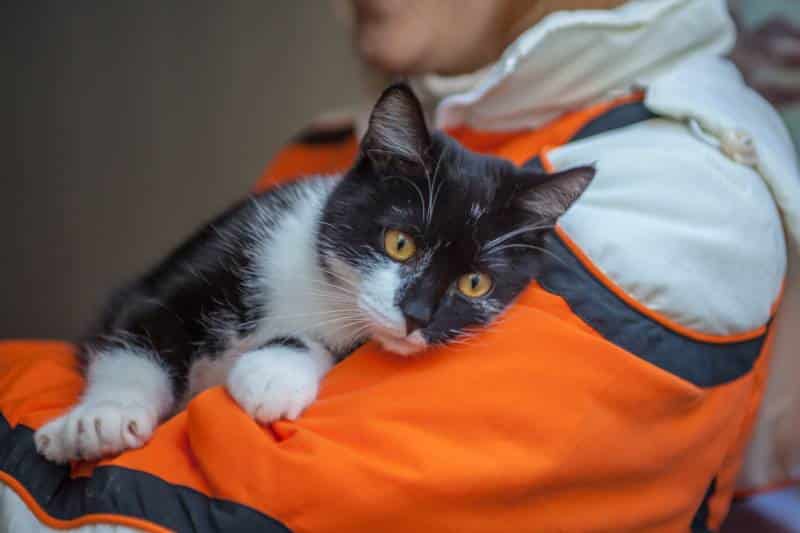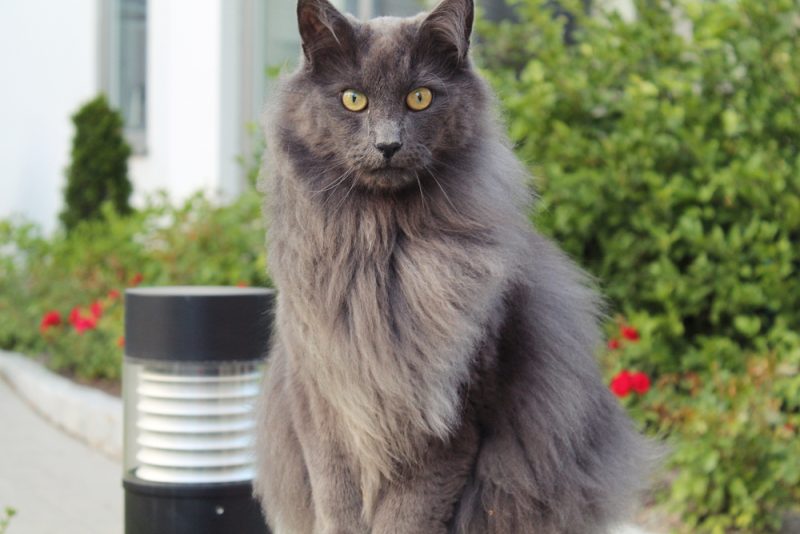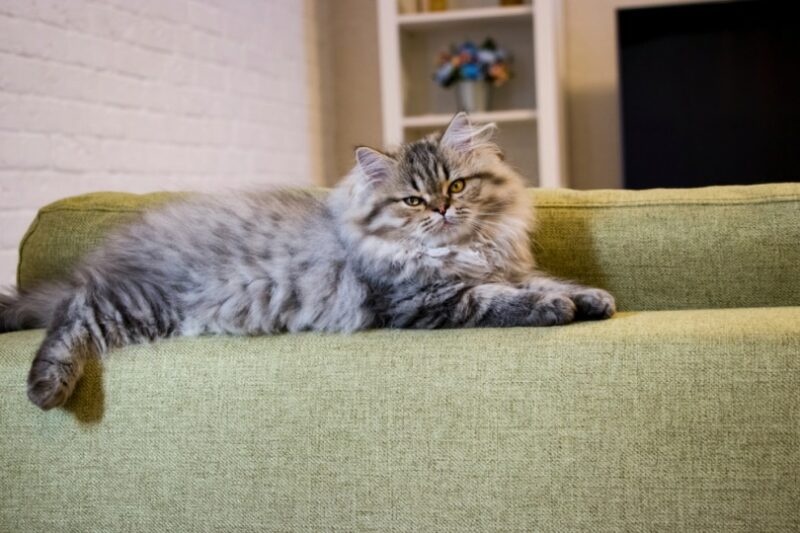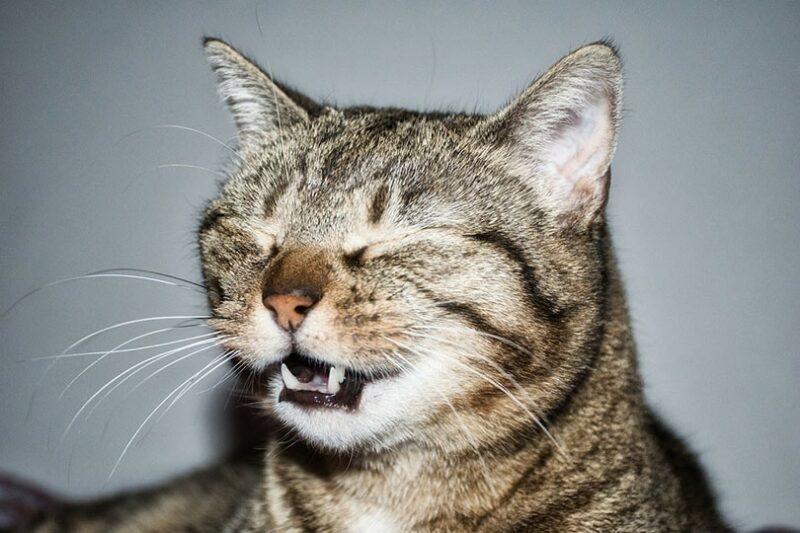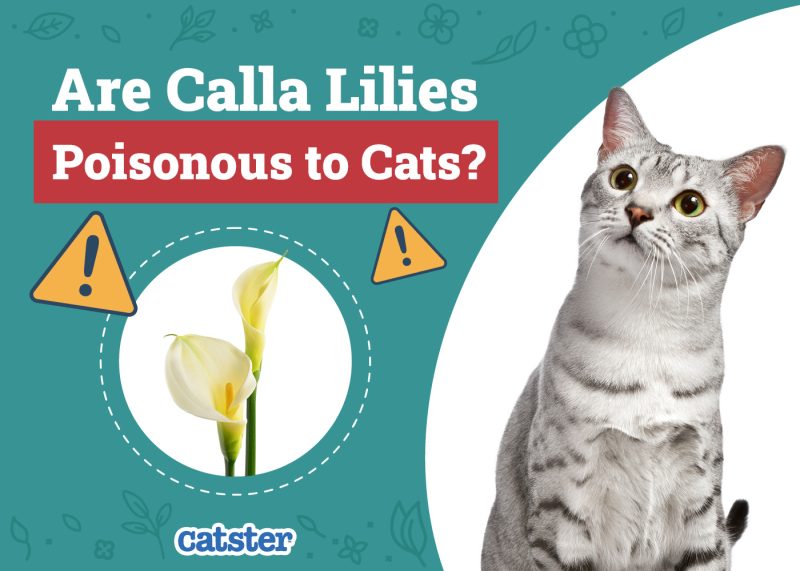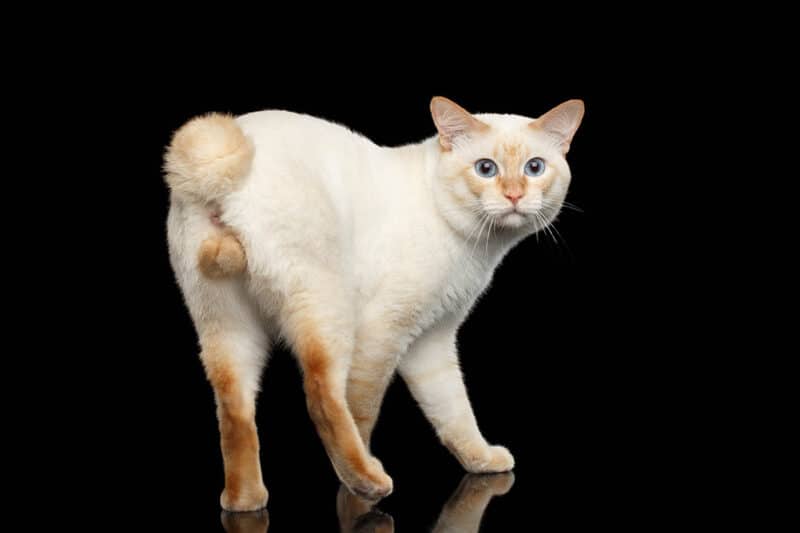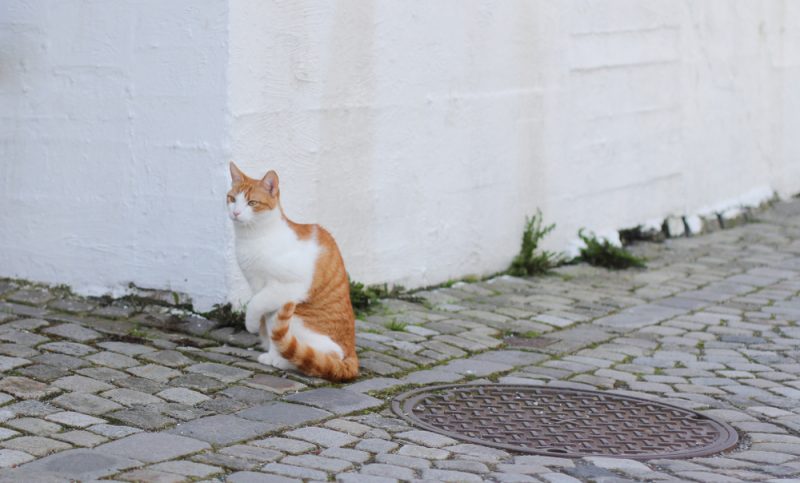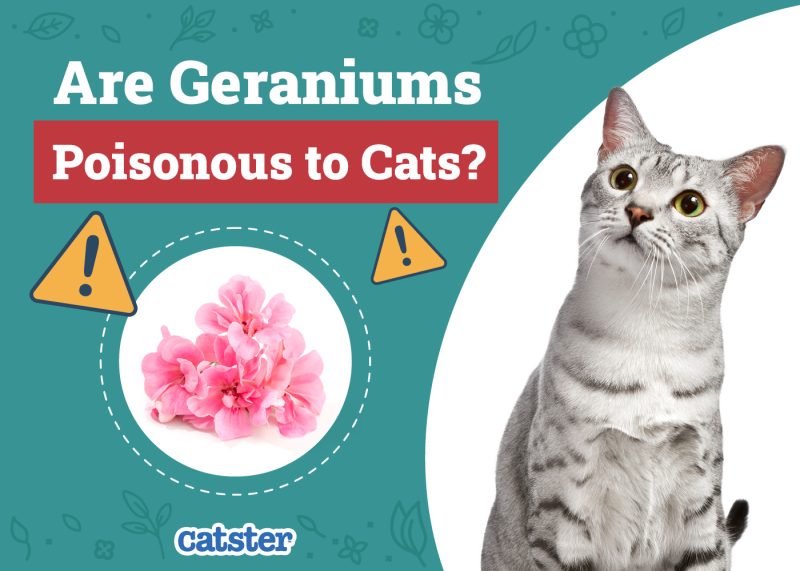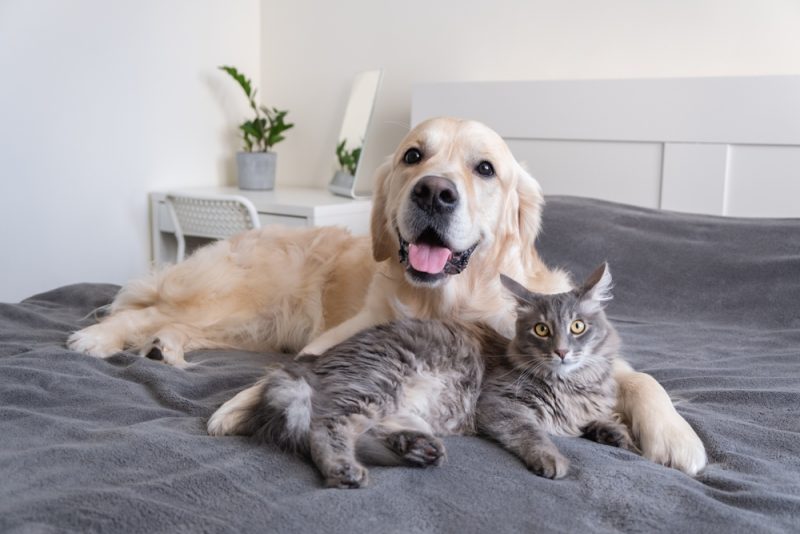If you love plants as well as cats, ensuring the two live harmoniously together can be a tricky business. Some plants simply don’t survive cats’ insatiable curiosity, and, in some cases, this can be dangerous as certain plant species are toxic to cats. Luckily, there are also several species that aren’t toxic, making them better choices for plant lovers with feline friends. Read on to explore your options.
Note: Though these plants aren’t toxic to cats, it would still be best to keep them out of your cat’s reach in case their munchies end up in an upset tummy. Moreover, some plants may be spiky in texture, which could cause a mouth injury or choking hazard.
The 21 Plants That Are Safe for Cats
1. Air Plants
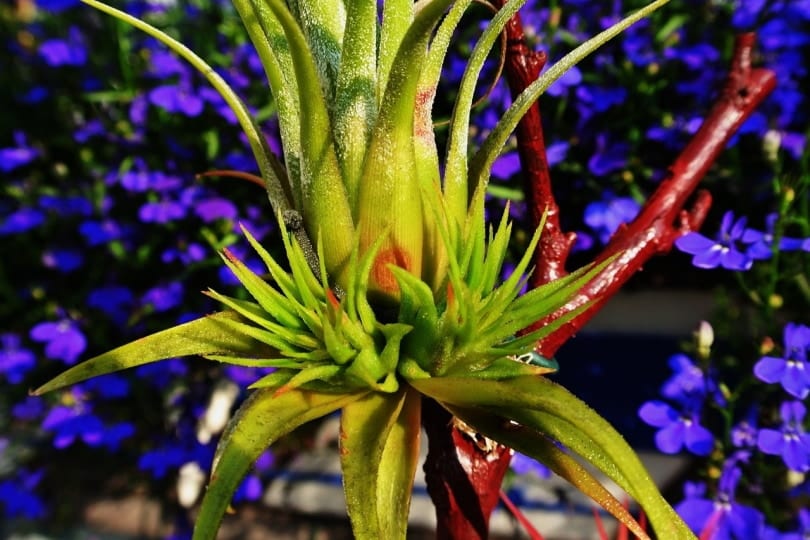
Tillandsia species, commonly known as air plants, are epiphyte plants, meaning they grow on the surface of another plant. They are found in Central and Southern America, the southern U.S., and Mexico. They are very beginner-friendly and can grow without soil—in nature, they typically grow on branches of trees. Air plants only need to be watered regularly and kept in an area with good air circulation and filtered light. They can be placed in a variety of locations around your home.
2. Rattlesnake Plant
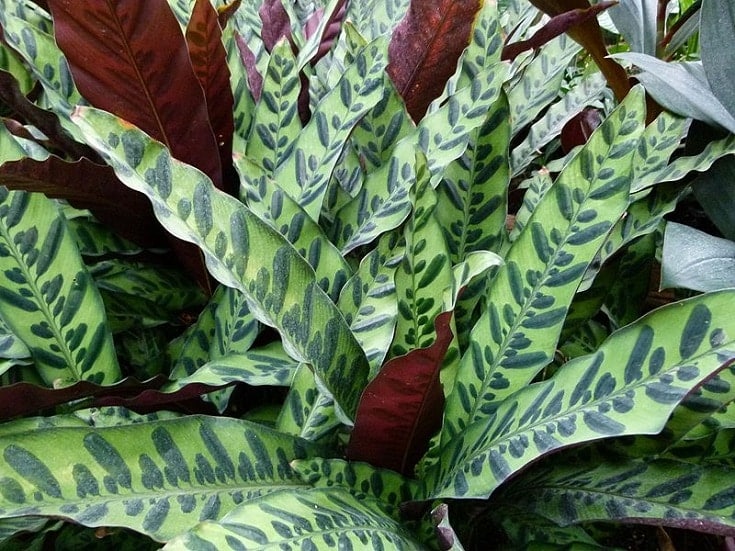
The scientific name for the rattlesnake plant is Goeppertia insignis, previously known as Calathea lancifolia. It comes from Brazil and is a non-toxic plant commonly featured in many homes thanks to its wavy, dark and light green leaves and purple-red undersides. They should be kept in loose soil and out of direct light. It’s best to water them when the soil starts to feel dry on top, and you can spray their leaves for extra moisture, too.
3. Ponytail Palm
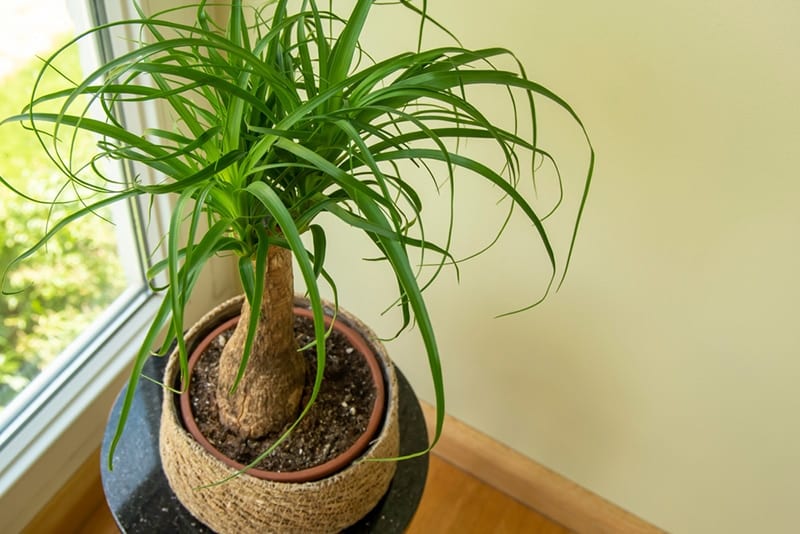
The ponytail palm (Beaucarnea recurvata) is native to southeastern Mexico where it grows in semi-desert areas. It has a rounded, chunky base that somewhat resembles a coconut and a spray (or sprays) of long, fine, evergreen leaves. Larger ponytail palms grow flowers. This tree thrives in fast-draining soil and direct sunlight and can remain outside in the summer. Just make sure to gradually introduce the ponytail palm to summer weather, as sunburn is a possibility.
4. Spider Plant
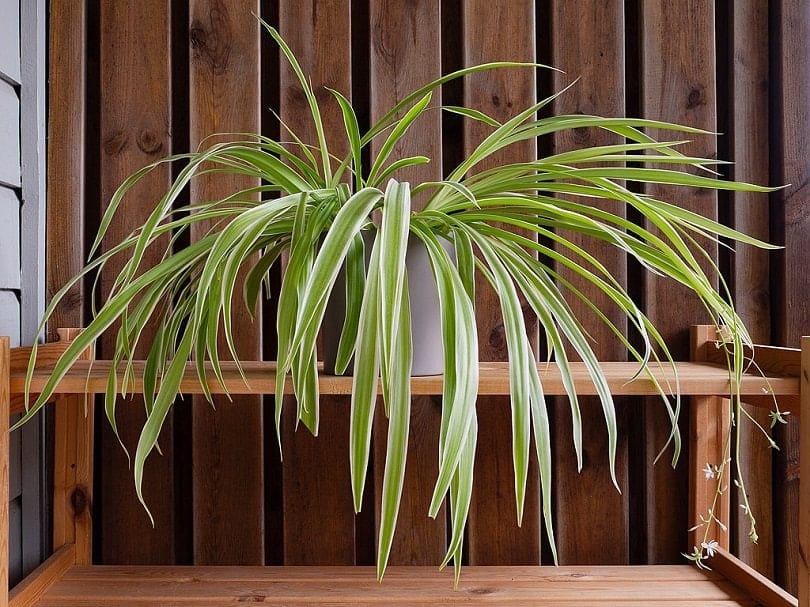
Spider plants (Chlorophytum comosum) are native to South Africa (coastal areas in particular) and are especially popular with cat parents thanks to their non-toxicity and low-maintenance care requirements. An adaptable houseplant, the spider plant does well in a wide variety of environments and comes in different shades of green. Some have variegated leaves with yellowish stripes, but others are lush, solid green.
5. Calathea Orbifolia
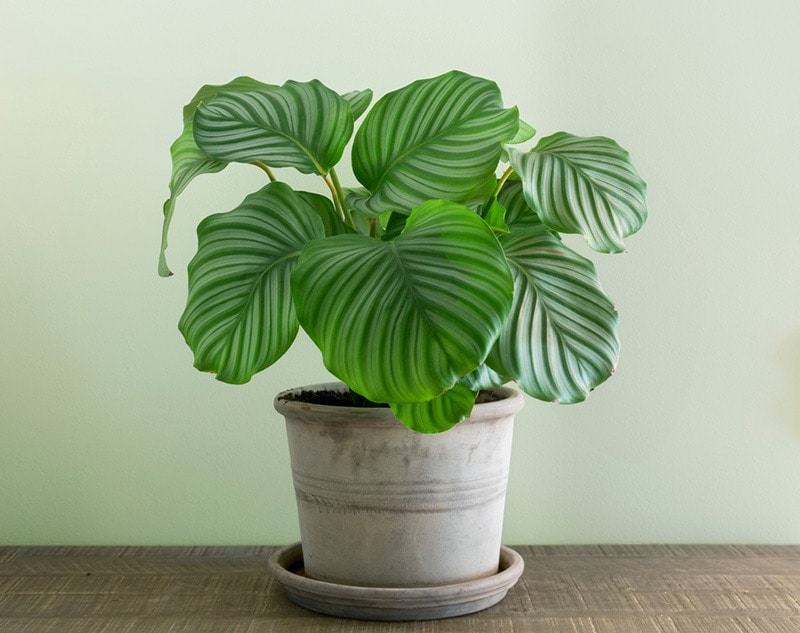
The Calathea orbifolia is a type of prayer plant from the tropical rainforest of South America and is a member of the Marantaceae family of plants. This houseplant has deep green foliage with lighter stripes and is a little harder to care for than some of the others on this list. It doesn’t thrive in cold climates and needs to be kept in an environment with high humidity and regularly fertilized. In addition, the soil needs to be kept damp at all times.
6. Polka Dot Plant
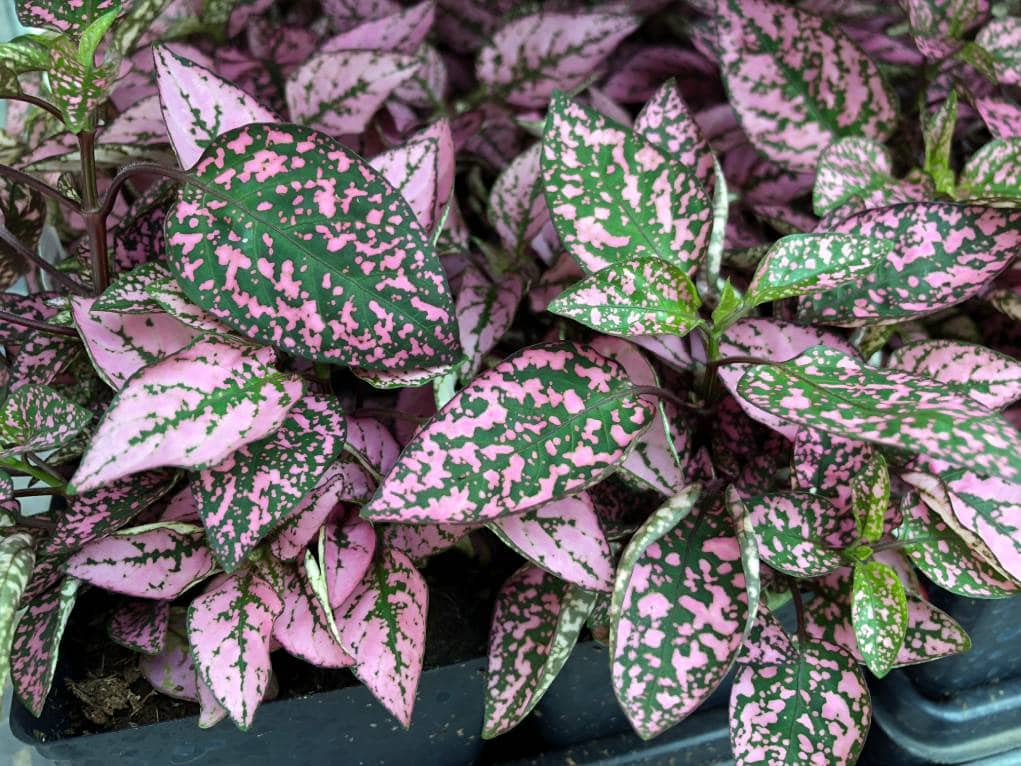
The scientific name of the polka dot plant is Hypoestes phyllostachya. This beautiful and eye-catching houseplant is native to Madagascar. It’s famous for its green leaves that come with splashes of pink in shades ranging from light to deep pink and is great for adding a pop of color to rooms that need brightening up. Its color comes out best when kept partially in the shade, but low lighting conditions can cause its color to fade. A humid environment is best for this plant.
7. Orchid
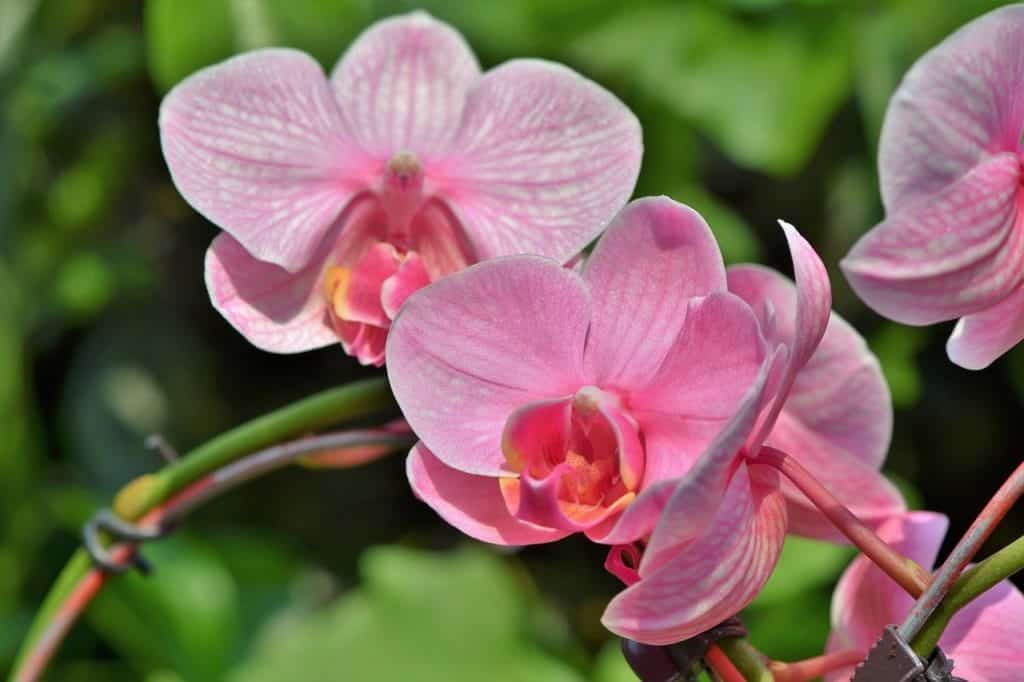
The luxurious and elegant orchids (Orchidaceae family) have a sweet scent, come in a variety of lovely colors, and, best of all, are not toxic to cats! Except Antarctica, orchids grow on every continent and there are approximately between 17,000 and 35,000 species in the world. These tropical houseplants do best in humid environments and temperatures between 60 and 80 degrees Fahrenheit, and they’re not keen on drafts and cold spots.
While orchids are considered safe, those that belong to the Cypridedium genus, which grows wild, are classified as toxic to humans. For this reason, it is best to keep cats away from them.
8. Bromeliad
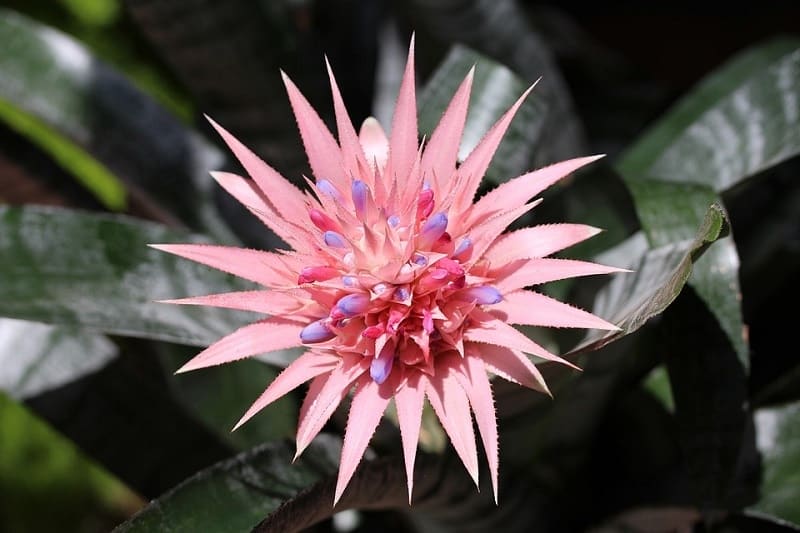
All the different plants in the Bromeliaceae family are non-toxic to cats. They can be found in tropical areas in North and South America, and the term “bromeliad” refers to a whole plant family—the pineapple family. Distinguished by their spray of lush green leaves topped with deep red foliage (or foliage in other colors), Bromeliad plants are another great option for adding a splash of color to your home. They should live indoors in temperate climates.
9. Venus Flytrap
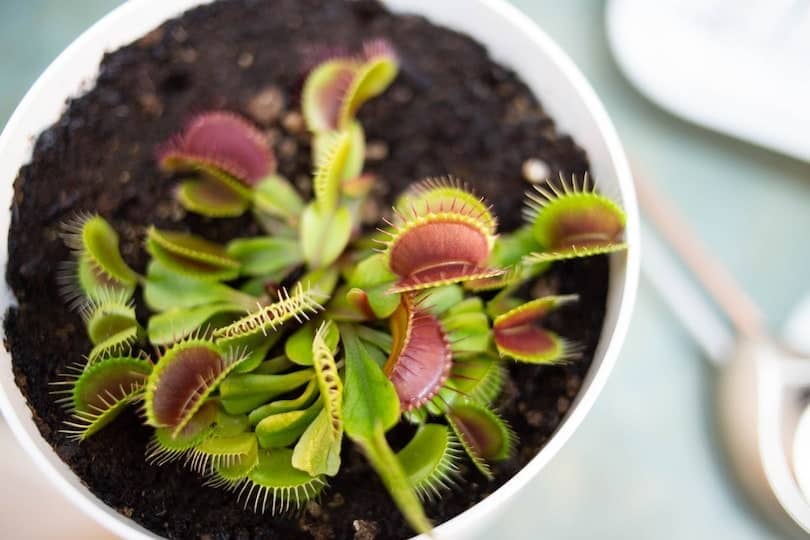
The easy-to-care-for venus flytrap (Dionaea muscipula) is a carnivorous flowering plant native to North and South Carolina. Though these plants are lethal to any insect that dares venture into their “mouths”, they’re not toxic to cats. They do best in acidic, consistently damp soil that drains well, and they need a minimum of 6 hours of sunlight daily. The ideal temperature is between 70 and 95 degrees Fahrenheit.
10. Watermelon Peperomia
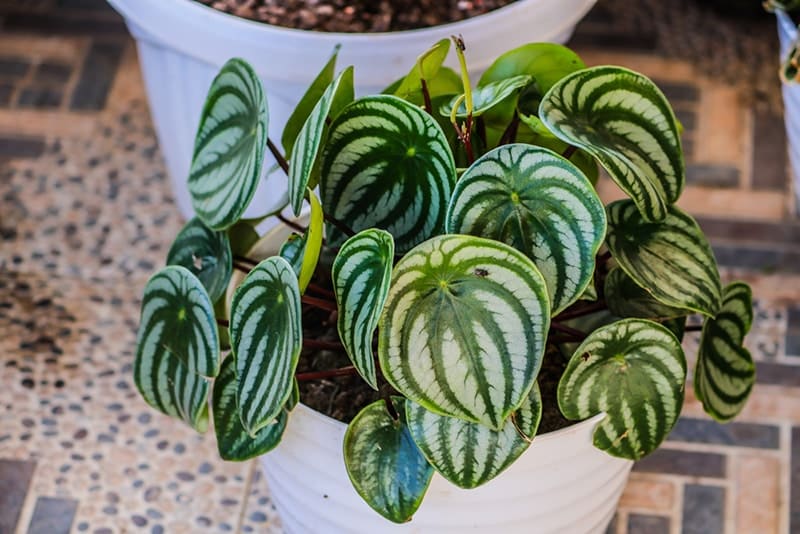
The watermelon peperomia (Peperomia argyreia) is a South American plant with a foliage pattern that resembles watermelons. It does well in bright indirect light (not direct sunlight) and needs to be watered when the top of the soil feels almost dry. It requires consistent and moderate watering and thrives in very humid environments in the summer months.
11. Gloxinia
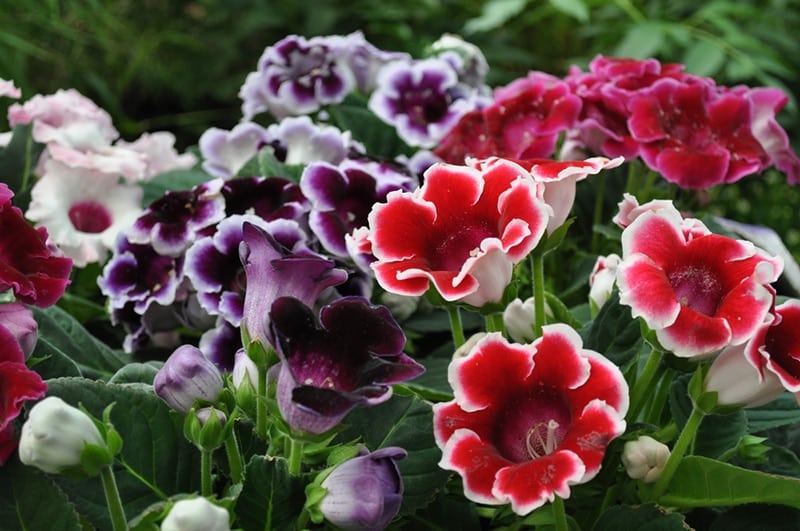
Native to Brazil, the gloxinia (Sinningia speciosa) has trumpet-like flowers that come in white, red, purple, or lavender. It blooms seasonally, requires well-draining soil, and does well in USDA Zones 11–12 but can be kept in colder climates and can live outdoors when the weather warms up. This is one of the higher-maintenance plants due to its specific care needs, but it’s not very difficult to care for overall.
12. African Violets
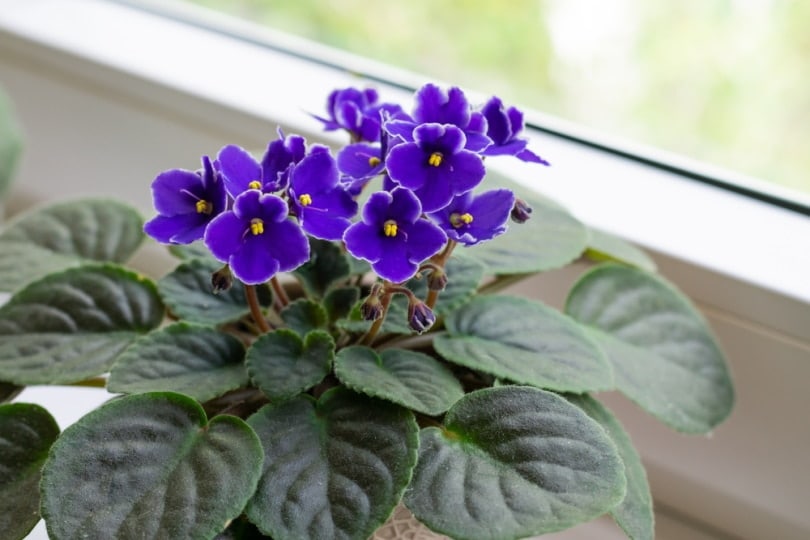
African Violets (Saintpaulia species) come from the same family as the gloxinia, but they’re native to Tanzania. The flowers bloom blue, purple, pink, and white, and the plant sits low to the ground. They like to be kept in good lighting conditions (but they don’t need to be kept in direct sunlight) and don’t do well in cooler temperatures as this stunts their growth. The soil needs to be kept consistently damp, but you don’t need to water the foliage.
13. Bird’s Nest Fern
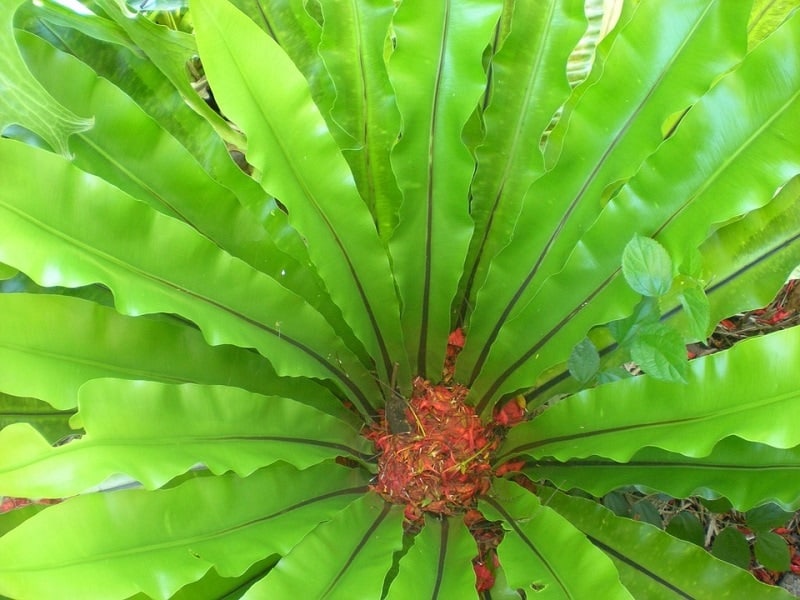
Scientifically known as Asplenium nidus, the bird’s nest fern is a plant native to Hawaii and the Pacific. This slow-growing plant has apple-green-colored foliage that has a crinkly or wavy appearance. It should be kept out of direct sunlight and instead be placed in bright, warm areas with high humidity. Moisture should be even, but the soil shouldn’t be soaked to the point where it is soggy.
14. (Some) Succulents
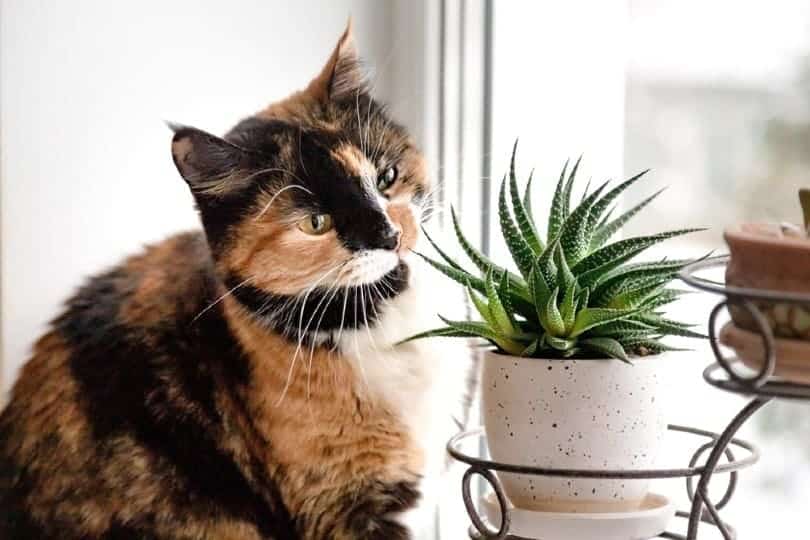
We use the word “some” because, while most succulents aren’t harmful to cats, some are. Poisonous succulents include aloe vera, kalanchoe, jade, and pencil cactus (Euphorbia tirucalli). Safe succulents are burro’s tail (Sedum morganianum), Haworthia species, Sedum species, and hens and chickens (Echeveria elegans). They can be kept in the full sun for around half a day (though this may vary depending on where you are), spending the rest of the day in bright shade or dappled light conditions.
15. Bamboo Palm
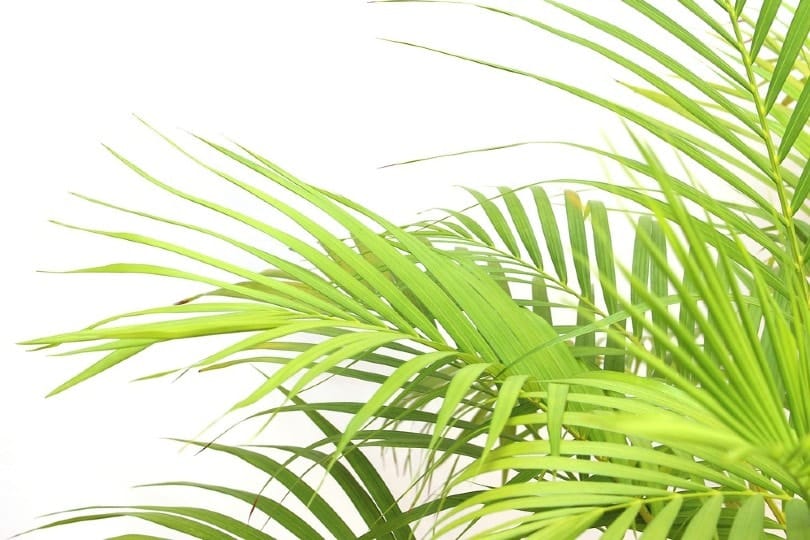
Bamboo Palm (Chamaedorea elegans), which is native to Mexico, is a houseplant popular for its air-purifying capabilities, winter hardiness, and low-maintenance care requirements. It was named after the bamboo-like look of its stalks, and it has dense foliage. The bamboo palm occasionally produces red berries that darken when ripe and white flowers in summer if the light is good.
16. Basil

If you’re a fan of growing your own herbs, you’ll be pleased to know that basil is a safe herb for homes with cats. Basil comes from the mint family and is native to tropical Asia. It’s very popular in Italian recipes, especially in pesto and tomato sauce, and is easy to grow and maintain. This herb does best in full sun, but part sun is also fine.
17. Nerve Plant
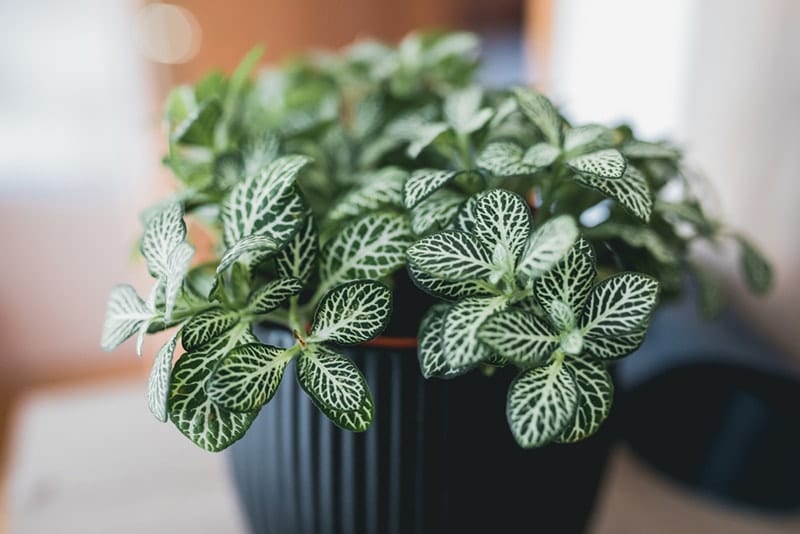
The Nerve plant (Fittonia albivenis), also known as the red mosaic plant, is an herbaceous perennial plant from southern tropical America with beautiful white or red/pink lines on its leaves. It does best in warm environments (room temperatures above 55 degrees Fahrenheit) with medium humidity, but shouldn’t be kept in direct light—part shade is best. Nerve plants need to be watered frequently and their foliage can be misted for extra humidity.
18. Baby Rubber Plant
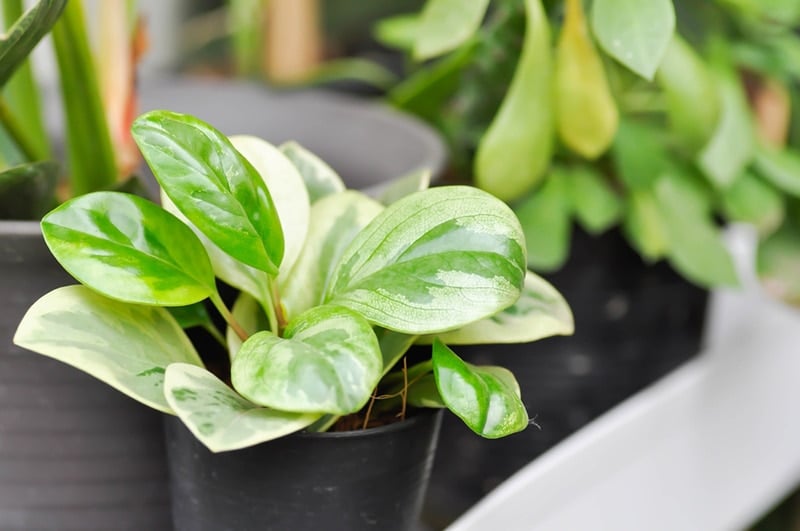
Baby rubber plants (Peperomia obtusifolia) are small, thick-leaved, and red-stemmed plants native to the Caribbean, Mexico, and Florida that are pretty easy to care for.
They don’t need to be watered too often, and the soil should be left to dry between watering sessions. The baby rubber plant thrives in humid environments and low to medium light conditions.
19. Boston Fern
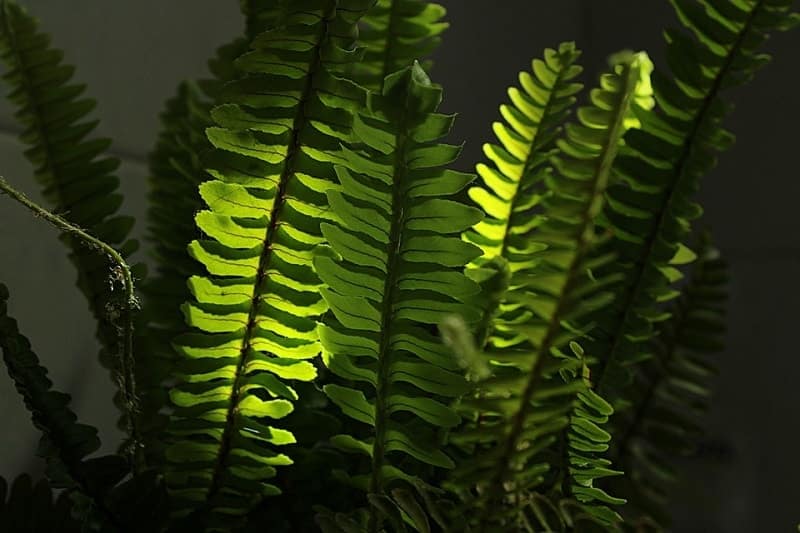
With its luscious, hanging fronds, the Boston fern (Nephrolepsis exaltata) is a popular and low-maintenance house plant native to tropical and subtropical America. It thrives in warm environments and should be kept out of the cold, and well-maintained humidity is all-important for this tropical plant. For this reason, it should be watered and fertilized regularly.
20. Friendship Plant
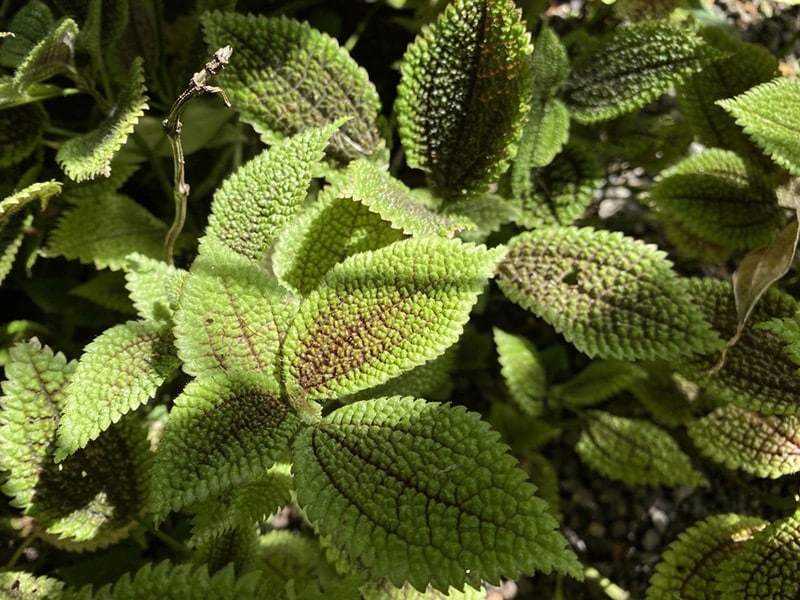
The friendship plant (Pilea involucrata) is native to Central and South America and is a popular gift, which is where the name comes from. Its deep or apple-green leaves are uniquely textured with bronze and purplish markings. It likes to be kept in environments with high humidity and can grow in low or moderate light, but bright and indirect light is also fine. The top of the soil should be left to dry before you water it again.
21. Chinese Money Plant
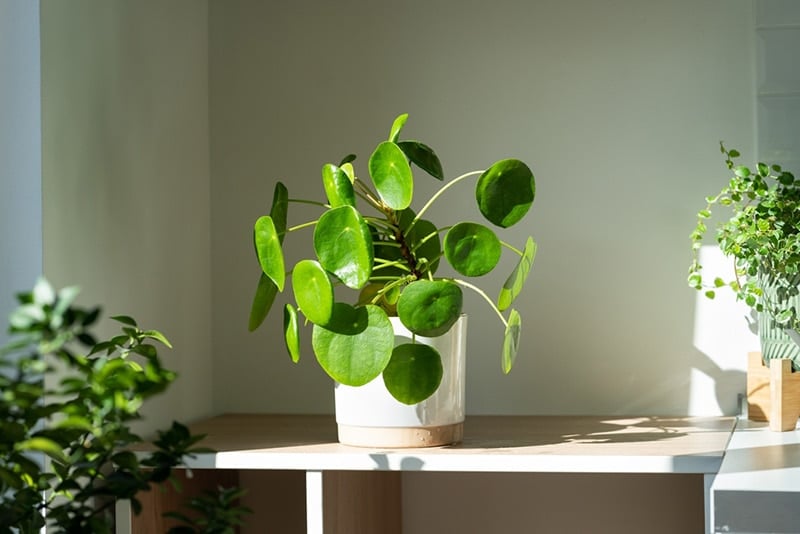
Pilea peperomioides, commonly called Chinese money plant, comes from southern China and is a member of the nettle family. It is so-named thanks to its coin-like leaves, though these are sometimes referred to as resembling UFOs or pancakes. The Chinese money plant is pretty easy to care for, making it a great beginner plant for those with cats. It does best in bright light and with moderate watering.
 Conclusion
Conclusion
If you’re a plant lover worried about your cat’s safety, there’s no need to despair. As we can see, there are plenty of plants (some of which are very easy to care for) that look great in homes, offices, and gardens and that are not toxic to cats.
Nevertheless, as mentioned in the intro, all plants (except for cat grass) are best kept out of your cat’s reach because, though some plants aren’t toxic, they could still cause some digestive problems if your cat nibbles on them a bit too much.
Related Reads:
Featured Image Credit: Candid_Shots, Pixabay
